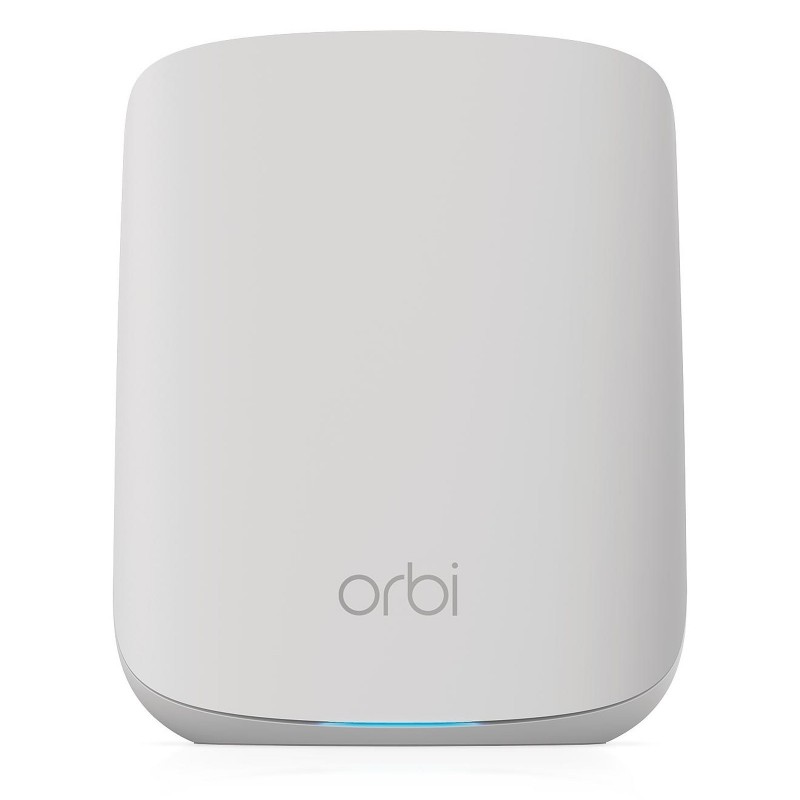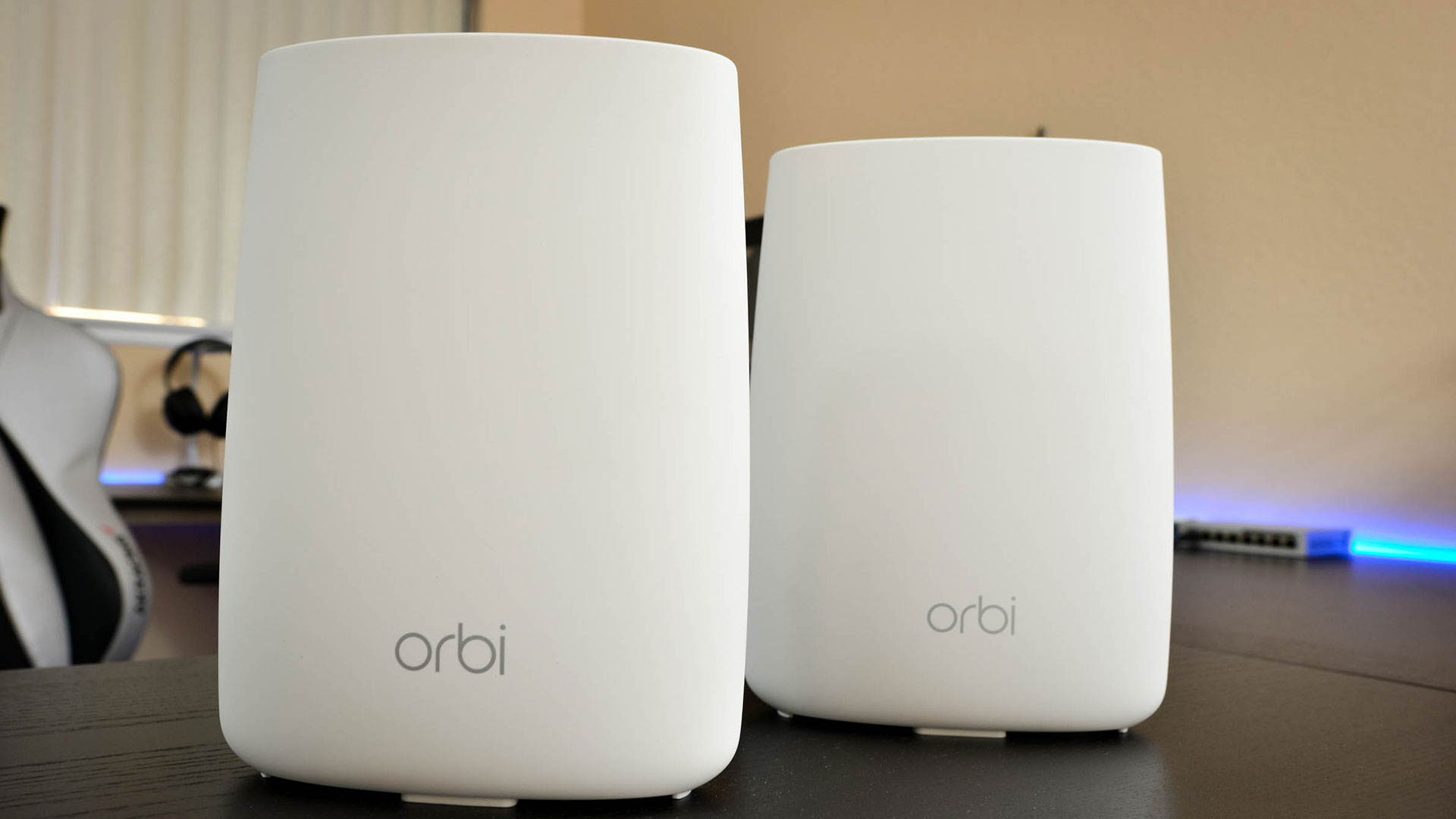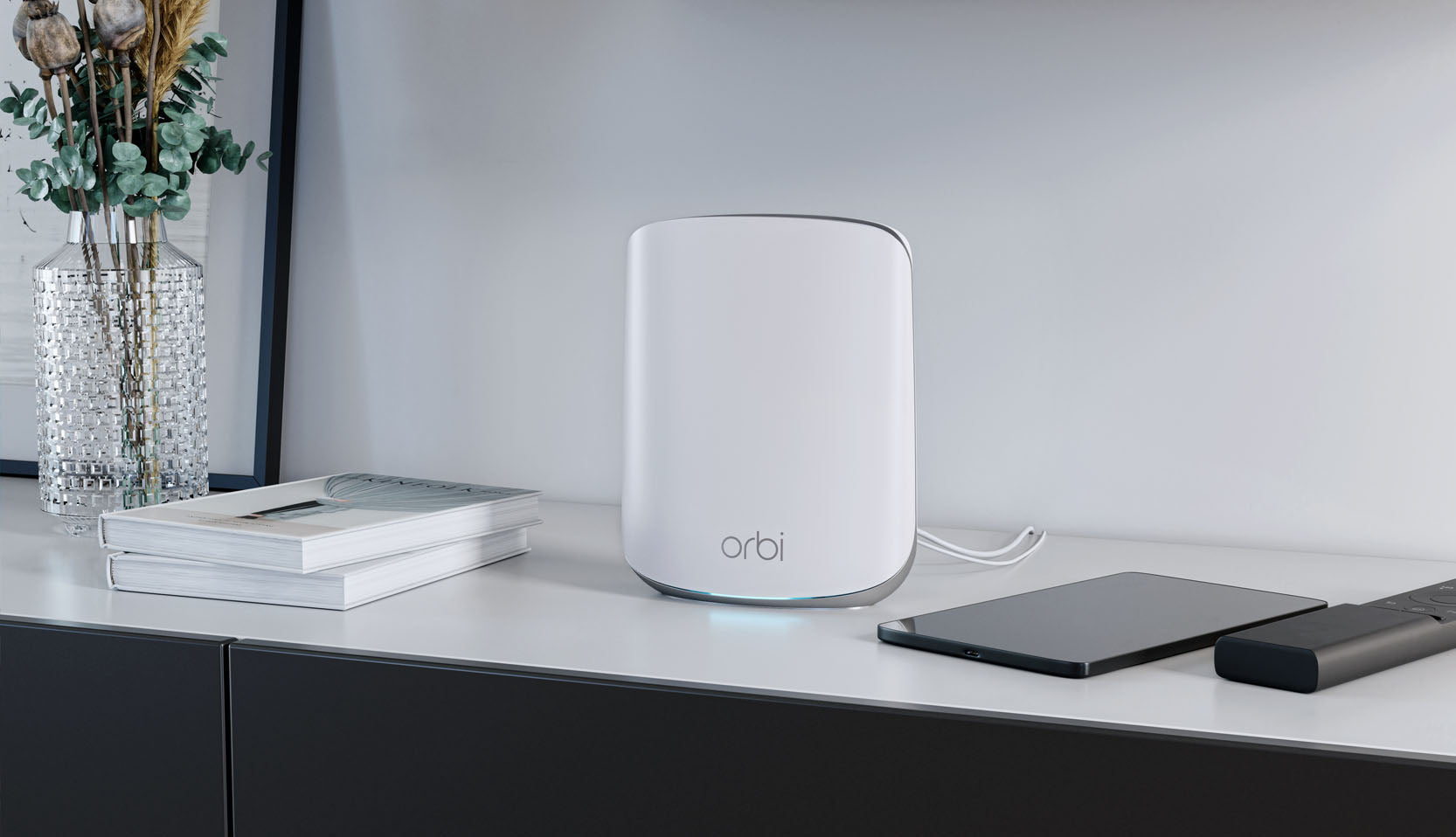

I then put the satellite in the diagonally opposite living room on the ground floor. I put the main router in the same place as the old one, in the front-right bedroom where the cable internet comes in, as the ergonomics of the house essentially require it as explained above. (Extraordinarily large plots may need more than one satellite, but average medium-large homes should be fine with just the one base station and one station.) With Orbi OS 2.0, this policy has now been revised and satellites can talk amongst each other I did not test this capability as the RBK50 pack only comes with a single satellite. This is why most of the Orbi packs only come with one satellite. The satellites would only communicate with the router on the backhaul channels. With the original firmware, the Orbi satellites could not talk to each other. With Orbi, Netgear took a slightly different approach initially relying on fewer, bigger, beefier, routers and satellites. Some of the other systems are based on having lots of mini-hubs spread around your house, recommending one for every two or three rooms. One thing I like about the Orbi system I picked out is that the hubs are bigger than mini satellites, but you only need two or three of them. I think, in general, all of these systems work out about the same at the end of the day. It wasn’t a sophisticated buying decision really. I went with Orbi because I went to a router benchmarking site and they said the Orbi had the best throughput-range performance. There are several different leading brands, from Eero to Linksys Velop and Netgear Orbi among others. These mesh systems use dedicated backhaul networks to communicate which helps maintain the speed across bigger distances. Mesh routers allow you to workaround the problems I enumerated above with placement of a traditional box by having multiple boxes spread out over the home. This led me on to trialling a mesh router system. The Powerline system worked surprisingly well but obviously has limitations - ideally you’d be able to retain the broadband speeds you pay for wherever you are. Most importantly, what I needed was a way to improve the stability of the internet connectivity to the Apple TVs it didn’t really matter if the speed was degraded as long as it was consistent. Because of the hacky approach - after all, power lines were not designed to carry network traffic - Powerline devices offer significantly lower throughput than a real networking solution, but they are incredibly convenient to set up. My first attempt at compensating for these black spots was to setup two Powerline devices, which run internet over the electricity lines in the house, essentially creating Ethernet endpoints in any room where you have a plug socket.

#Orbi wifi mesh tv
Streaming content from Plex or Now TV or whatever was plagued with stuttering and buffering. For whatever reason, the Apple TV WiFi reception was always mediocre even for the box that was only adjacent to the room where the router resides. We have two Apple TVs hooked up to the living and family room televisions. The laptop fared better, presumably because its internal antennas are larger and more powerful than the miniaturized iOS devices.
#Orbi wifi mesh download
Our home internet will deliver 200 megabit download speeds over Ethernet. Speeds would top out around 20 Mbps in the best case, with usage interrupted from the connection dropping out on phones and iPads. The master bedroom is, of course, diagonally opposite to where the router is situated and therefore suffered the most. Network performance on the old router was decent on the ground floor and mediocre upstairs. This is just a reality of the building and the access to the road. This is not ideal location for the network hub but we don’t really have a choice. Our internet comes into the house at the very front, from the side wall into the downstairs bedroom. Now, we live in a two story family house with a fair number of thick walls. A combination of walls, interference from other devices and applications, and proximity to other networks competing for the same bandwidth all cause range and performance to degrade no matter how good your router’s antennas are.

Even there, the very edges of the property would not be covered by reliable WiFi. The one router served us well, in the main living areas, kitchen, and bedrooms. Read on for my my hands-on with the Netgear Orbi mesh WiFi system.Ī WiFi router is best placed in a central location in the home with no obstructions around it. I was pleasantly surprised with how good it was. I kind of passed it over, thinking it was more of a marketing gimmick, but I recently got the chance to review one such mesh WiFi system. A couple of years ago, mesh WiFi became a popular buzzword. I used AirPort Extreme for a while, and then a variety of third-party options. Historically, I have flitted between many different routers.


 0 kommentar(er)
0 kommentar(er)
